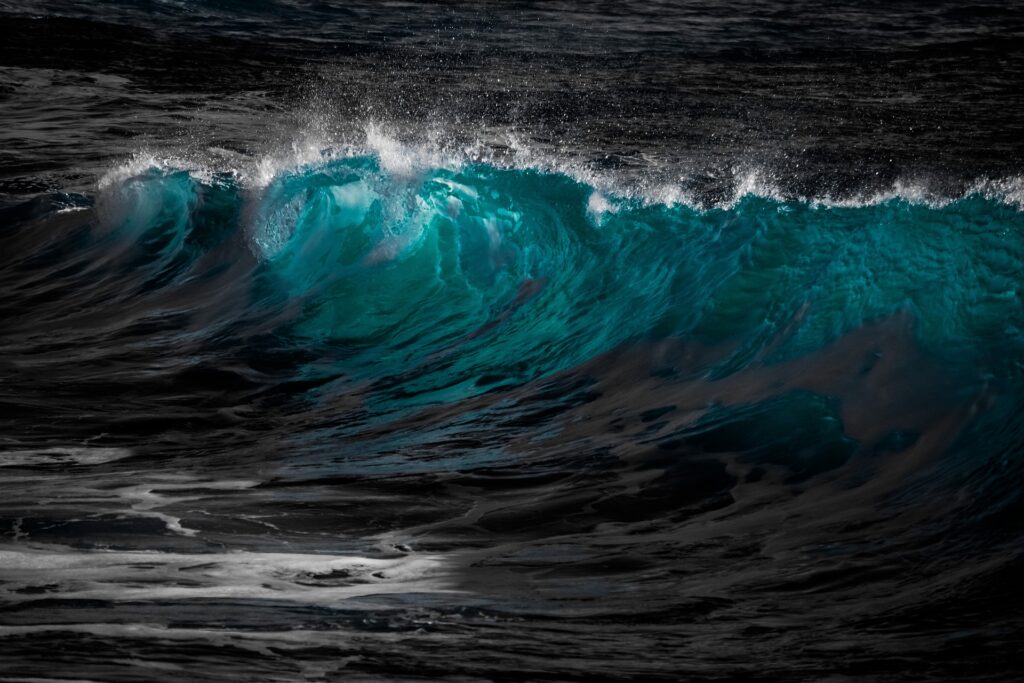by Haley McKinnon

The climate crisis is an ocean crisis.
The ocean is our planet’s largest heat and carbon sink, absorbing over 30% of carbon emissions and over 90% of excess heat caused by climate change. This has led to rising sea levels, coral bleaching, algae, acidification, habitat destruction, and disruption to fisheries.
But the ocean holds more than just heat and carbon – it also holds solutions.
In a webinar on October 26th, director of the Ocean Defense Initiative Jean Flemma gave a presentation on the future of ocean policy and climate change. Flemma co-authored a column in January 2021 entitled “An Ocean and Climate Agenda for the New Administration’,” illustrating twenty measures the Biden administration should take to utilize the ocean as a resource, not just a casualty, in the fight against climate change.
Historically, Oregon has been ahead of the curve when it comes to planning for and with the ocean. The 1991 Ocean Resources Management Plan studied and developed progressive options for the future of Oregon coastal safety, for example. Today, Oregon’s governing efforts in marine policy can act as a model for other states and federal government action. In the US, new recommendations for ocean policy were released in June 2020, aiming to integrate a series of actions at both federal and local levels. Harnessing the power of the ocean to address climate change must be a priority, Flemma argues, and the Biden administration has the power to do so by implementing three specific ideas.
The primary step is to expand ocean-based renewable energy and permanently ban offshore oil drilling. Currently, 25% of global oil and gas production comes from offshore drilling. While individual states can adopt their own policies to disincentivize offshore drilling (as Oregon has), the Trump administration opted to open all coasts as potential drill sites on a federal level. After the Huntington Beach spill in October of 2021, the US saw a larger push for a permanent ban; right now, that is being negotiated as part of the Democrat’s $1.75 trillion Reconciliation Package.
We need to be less reliant on fossil fuels, and ramping up wind and tidal energy will help reduce the greenhouse gas emissions that are driving ocean acidification and exacerbating ocean warming. The potential for wind and tidal energy is immense and underutilized. The PacWave project based at Oregon State University is working with two wave-based energy testing sites to establish new devices and systems for harnessing power from the ocean. Offshore wind turbines currently generate about 30GW of power – but according to the Goldman School of Public Policy at the University of Berkley, if the US is to achieve its goal of 90% clean electricity by 2035, we need to build 70,000MW (70GW) of new solar and wind generators every year (https://www.2035report.com/electricity/building-a-renewable-energy-future/).
Another strategy should be to increase the ocean’s resilience to climate change. Restoring and preserving “blue carbon” ecosystems like salt marshes, sea grasses, and mangroves will protect coastal communities from storms and rising seas, while storing up to four times as much carbon as forests. The Reconciliation Package offers the potential to secure up to ten billion dollars for coastal restoration projects, thanks in part to Oregon Congresswoman Suzanne Bonamici. Unlike previous programs, this one wouldn’t require a match in funds, allowing some lower income coastal communities accessible help. In Oregon, these funds could go towards restoration in places already being hit with climate change related problems, anticipatory adaptations towards loss of marshes and mudflats, rising sea level buffers, fisheries and eelgrass restoration, and more.
Finally, we need to protect the ocean’s natural ability to store carbon. This includes sustainably managing fisheries and reducing pollution to help marine wildlife survive and thrive in a changing environment. Some states are already going ahead with their own processes; Oregon’s Marine Reserves and our Pacific Fishery Management Council are among those progress moves leading the charge. The PFMC is looking at climate change impacts to fish stocks, more adaptive management, and rebuilding groundfish stocks across the west coast.
The Reconciliation and Infrastructure Packages are good places for the federal government to start actually putting policies in place –but we need leadership to continue taking action. We may do well to reassess how we “save the oceans” by recognizing the ocean’s ability to be a hero of its own accord.